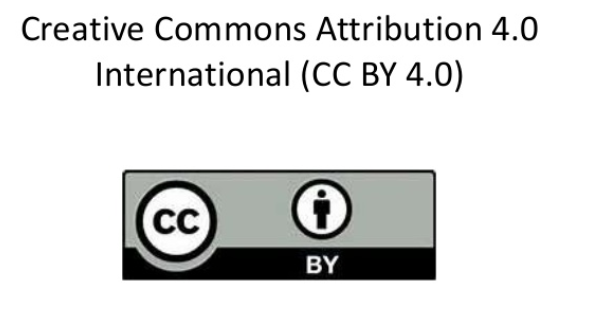Ali Nawaz1,2, Muhammad Khalid Afzal3,4*
1School of Grassland Science, Beijing Forestry University, Beijing-100083, China
2Department of Agronomy, College of Agriculture, University of Sargodha-40100, Punjab, Pakistan
3College of Forestry, Beijing Forestry University, Beijing-100083, China
4Institute of Forest Sciences, Baghdad-ul-Jadeed Campus, The Islamia University of Bahawalpur-63100, Pakistan
*Corresponding author’s email: mkhalidafzal007@gmail.com
Received:15 November 2024 / Accepted: 27 January 2025 / Published Online: 22 February 2025
Abstract
The present study was conducted to investigate the influence of grazing intensity and management regimes on soil nitrogen cycling and related ecosystem processes in alpine grasslands. Rotational grazing (RG), characterized by alternating short grazing periods at high stocking densities with rest intervals, has been proven to be a practice that enhances herbage production and improves grassland resilience compared to continuous grazing (CG). Our results showed that Proteobacteria are the main ANF phylum under all grazing levels. Grassland sowing is a primary restoration means for heavily degraded alpine meadows on the Tibetan Plateau, but much less information is known about soil nutrient dynamics under such grazing regimes. This study evaluated topsoil nutrient levels (phosphorus, potassium, and nitrogen) and physical properties under three grazing intensities: light, moderate, and heavy. It was concluded that increasing grazing intensity elevated soil organic matter, temperature, and nutrient concentrations (nitrogen, potassium, and phosphorus) while reducing soil pH and water content. These findings demonstrate that intensity and regime of grazing significantly influence dynamics in soil nitrogen fixation processes.
Keywords: Grazing intensity, Rotational grazing, Grassland restoration, Alpine grasslands, Soil nitrogen fixation, Tibetan Plateau



